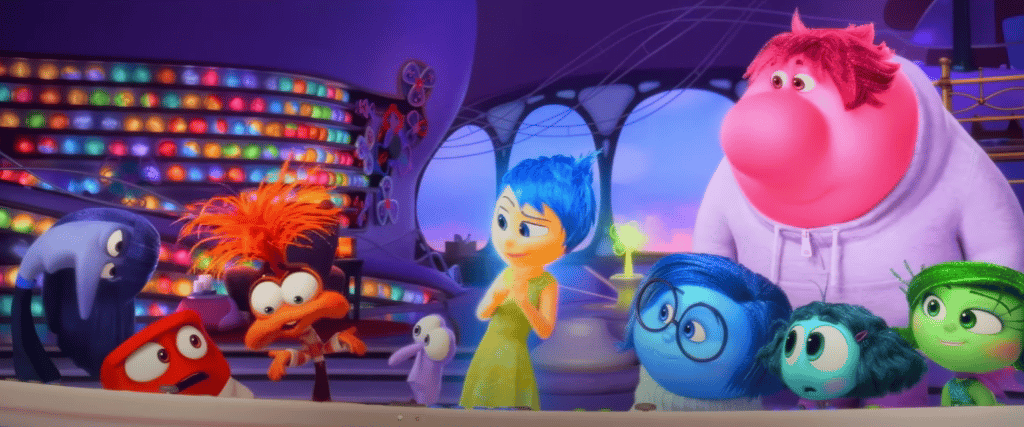Inside Out 2: A Deep Dive into Identity and Anxiety
Pixar’s Inside Out 2 has taken the world by storm, bringing an emotional and thought-provoking journey into the mind of Riley as she navigates the challenges of adolescence.
CULTURE
4/11/20253 min read


This film not only builds upon the brilliance of the first Inside Out, but also introduces new emotions that redefine how we perceive personal growth, identity, and anxiety.
A Brilliant Concept Brought to Life
If you loved the first Inside Out, you’ll find Inside Out 2 to be a masterpiece. The movie once again takes place inside Riley’s mind, where her core emotions—Joy, Sadness, Fear, Disgust, and Anger—continue to shape her experiences. However, now that Riley is entering adolescence, new emotions emerge: Anxiety, Envy, Embarrassment, and Ennui (Boredom). The arrival of these emotions shakes up Riley’s internal world, triggering a major shift in how she perceives herself.
One of the most captivating elements of Inside Out 2 is how it portrays the formation of identity. The film uses a metaphor of a tree made of threads—each thread representing a core belief about oneself, formed by significant memories. For example, if Riley excels in sports and receives praise, a thread is created that reinforces, I am good at this. These beliefs shape how she views herself and her abilities.
The Role of Anxiety in Identity Formation
As Riley grows older, Anxiety takes control of the “control room,” replacing her old identity with one based on survival in social settings. Instead of being who she truly is, she begins to mold herself into who she thinks others want her to be. The movie powerfully demonstrates this through small but impactful moments—like when Riley hesitates to reveal her favorite song, opting instead to say what she thinks her friends want to hear.
This struggle is something many people can relate to. We often find ourselves trying to fit in, adjusting our personalities and preferences based on external validation. Anxiety convinces Riley that she must change to be accepted, tearing down the threads of her true self and replacing them with uncertainty and self-doubt.
A Reflection of Our Own Struggles
One of the most emotional scenes in the movie is when Riley experiences a full-blown anxiety attack. Her rapid breathing, racing heartbeat, and overwhelming panic depict the reality of anxiety in a deeply relatable way. The film subtly suggests that many of our emotional struggles arise when we drift away from our true identity.
This theme resonates beyond the movie. Many of us struggle with internal conflicts, feeling lost or disconnected from our true selves. Inside Out 2 reminds us that our identity isn’t just about positive affirmations or self-imposed labels—it’s about embracing the truth of who we are. Trying to live up to unrealistic expectations or suppressing our natural emotions can lead to emotional turmoil.
The Chosen: The Best Jesus Series You Can Watch for Free Today
A Walk to Remember – A Story of Love, Faith, and Transformation
The Solution: Embracing True Identity
The film beautifully resolves Riley’s crisis by showing that she is neither just the joyful, perfect version of herself nor the anxious, insecure one. She is a mix of both—the sum of her experiences, strengths, and vulnerabilities. True identity is found not in pretending to be perfect or giving in to fears but in understanding and accepting ourselves as we are.
This lesson aligns with what many believe on a deeper level. Instead of letting emotions like anxiety define us, we should let truth guide us. Just as Riley’s emotions are meant to serve her rather than control her, we too can learn to manage our emotions in a way that supports personal growth rather than hinders it.
Final Thoughts
Inside Out 2 is more than just an animated movie—it’s a profound exploration of identity, self-acceptance, and mental health. It encourages us to examine our own beliefs, recognize when anxiety is shaping our actions, and reclaim our true selves.
If this message resonated with you, share this post with others who might find it helpful! And remember, true happiness comes from embracing who you were meant to be.
